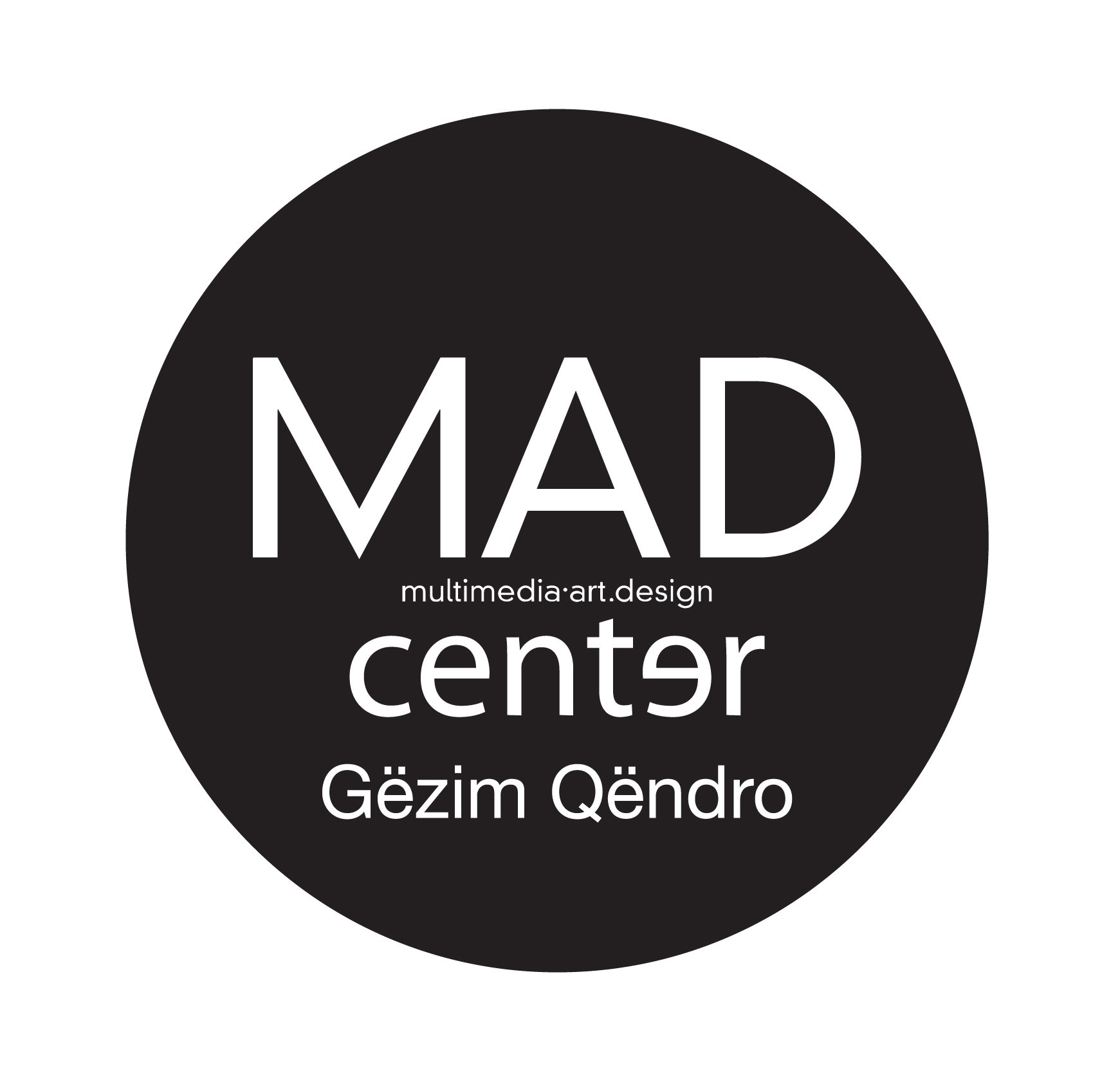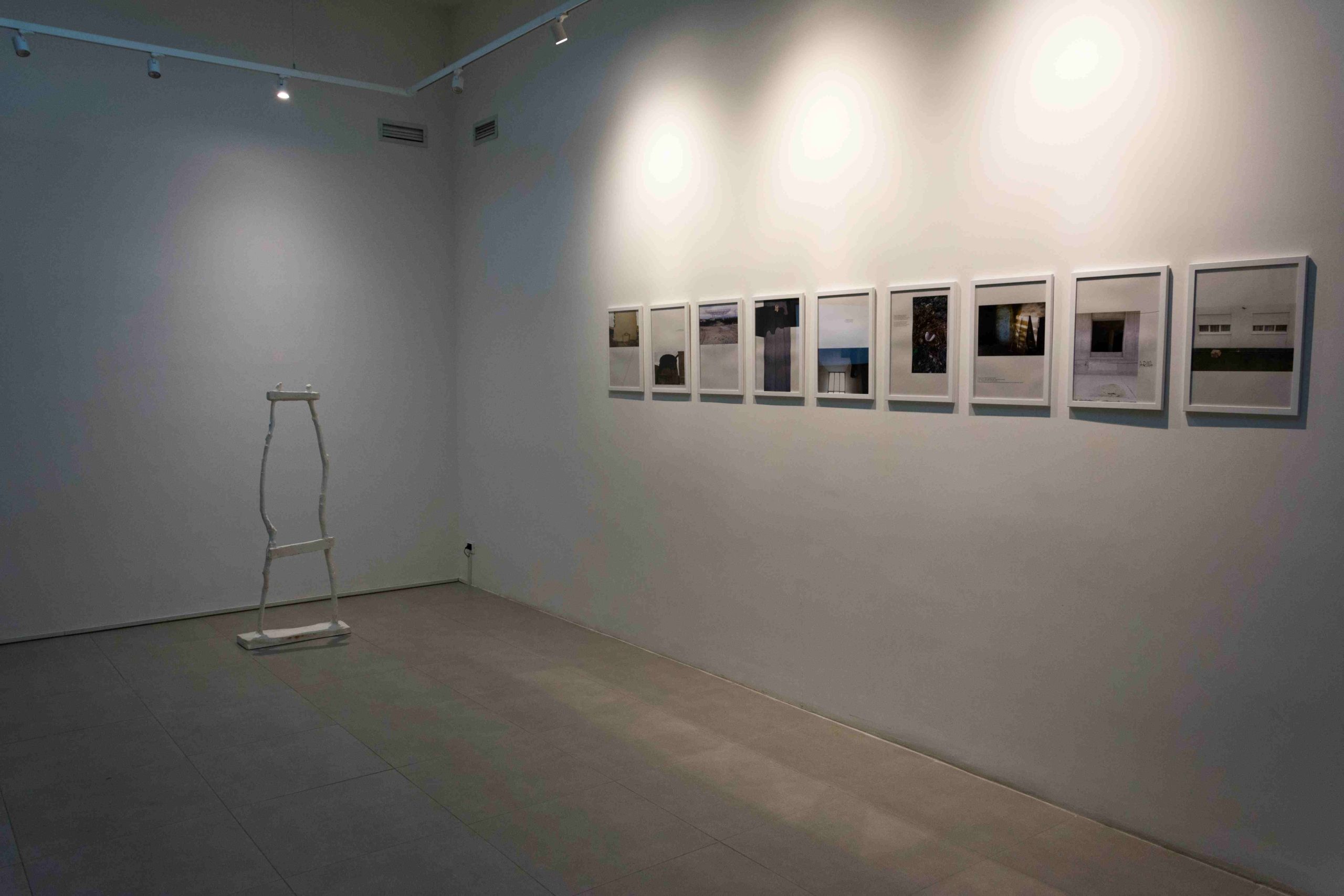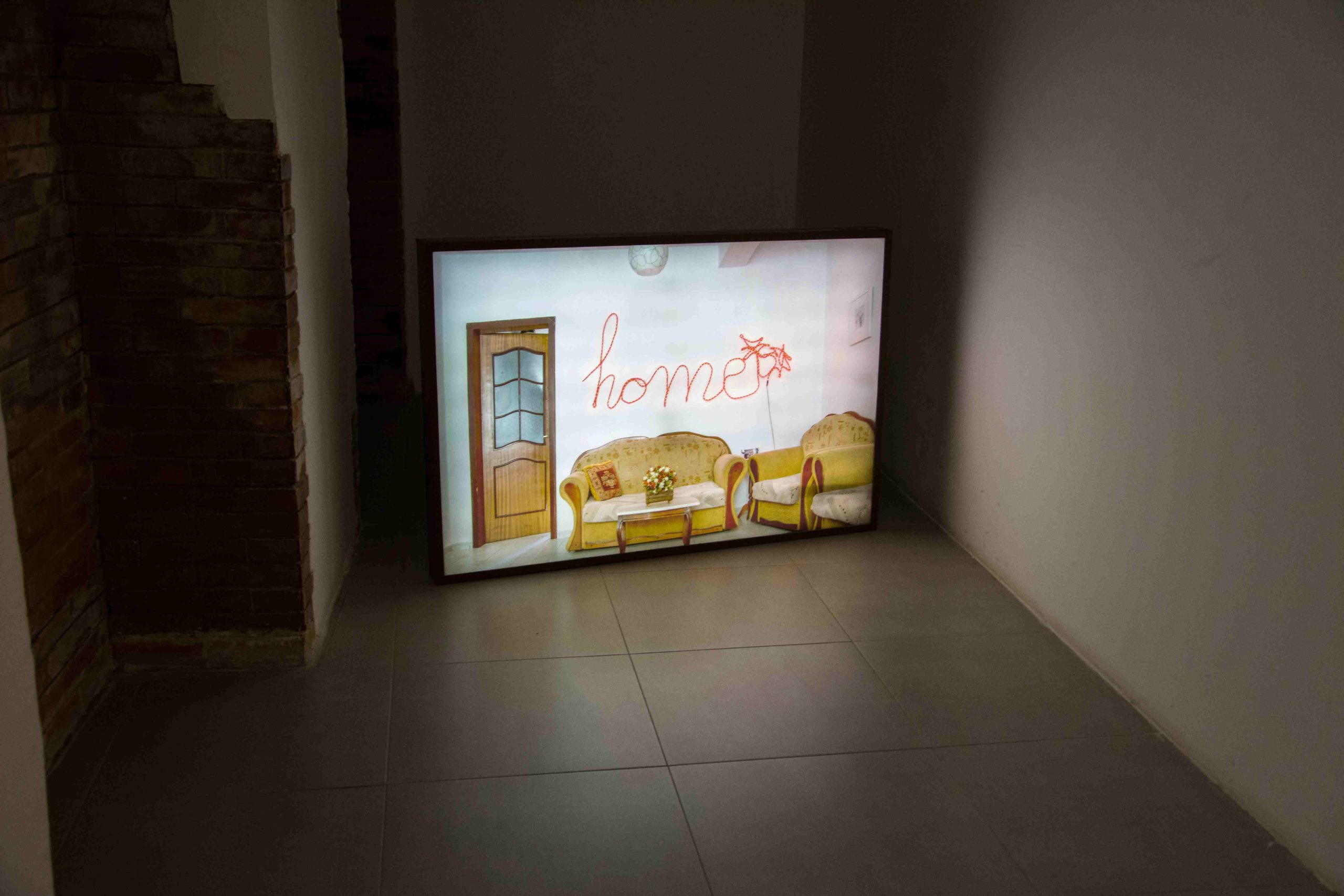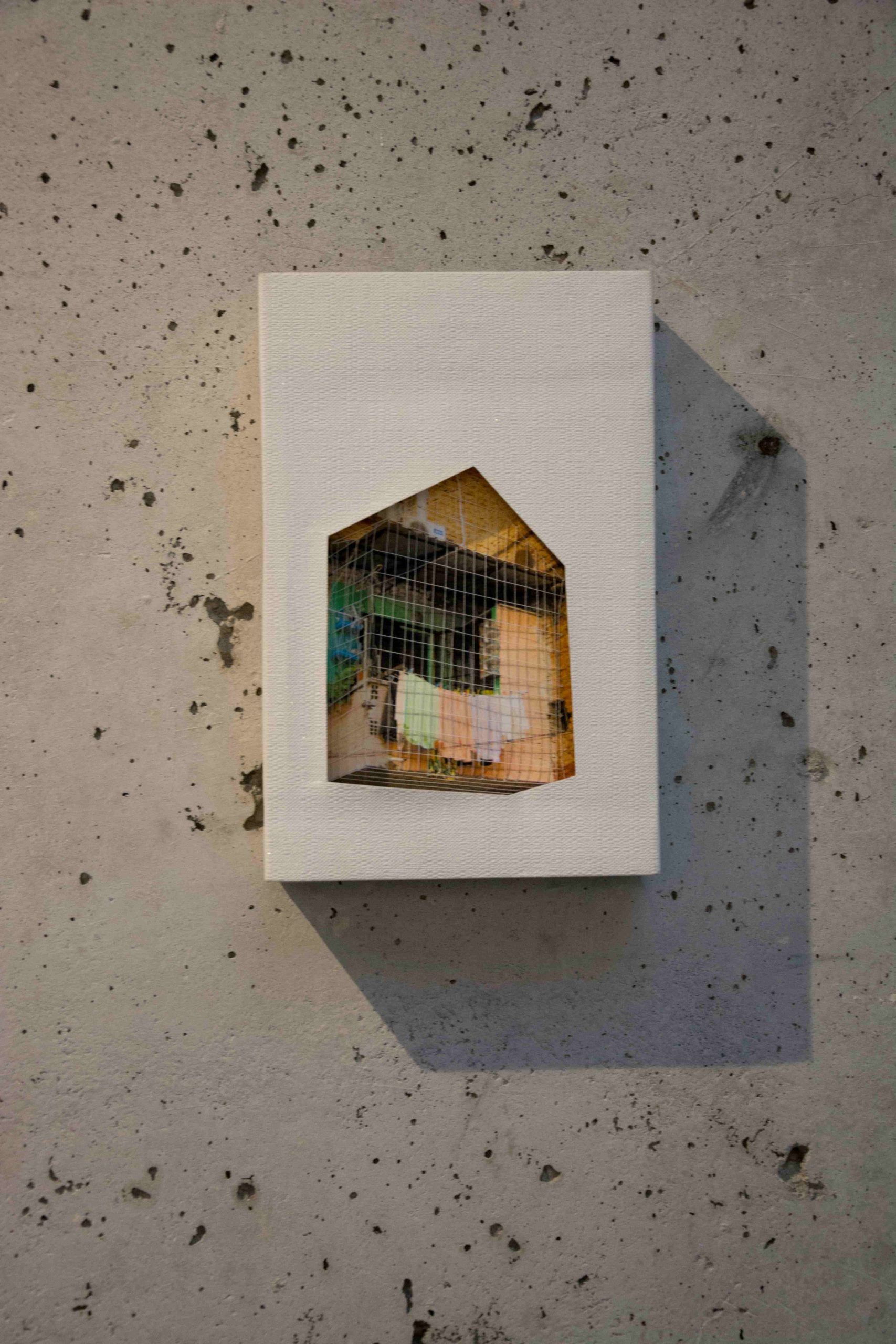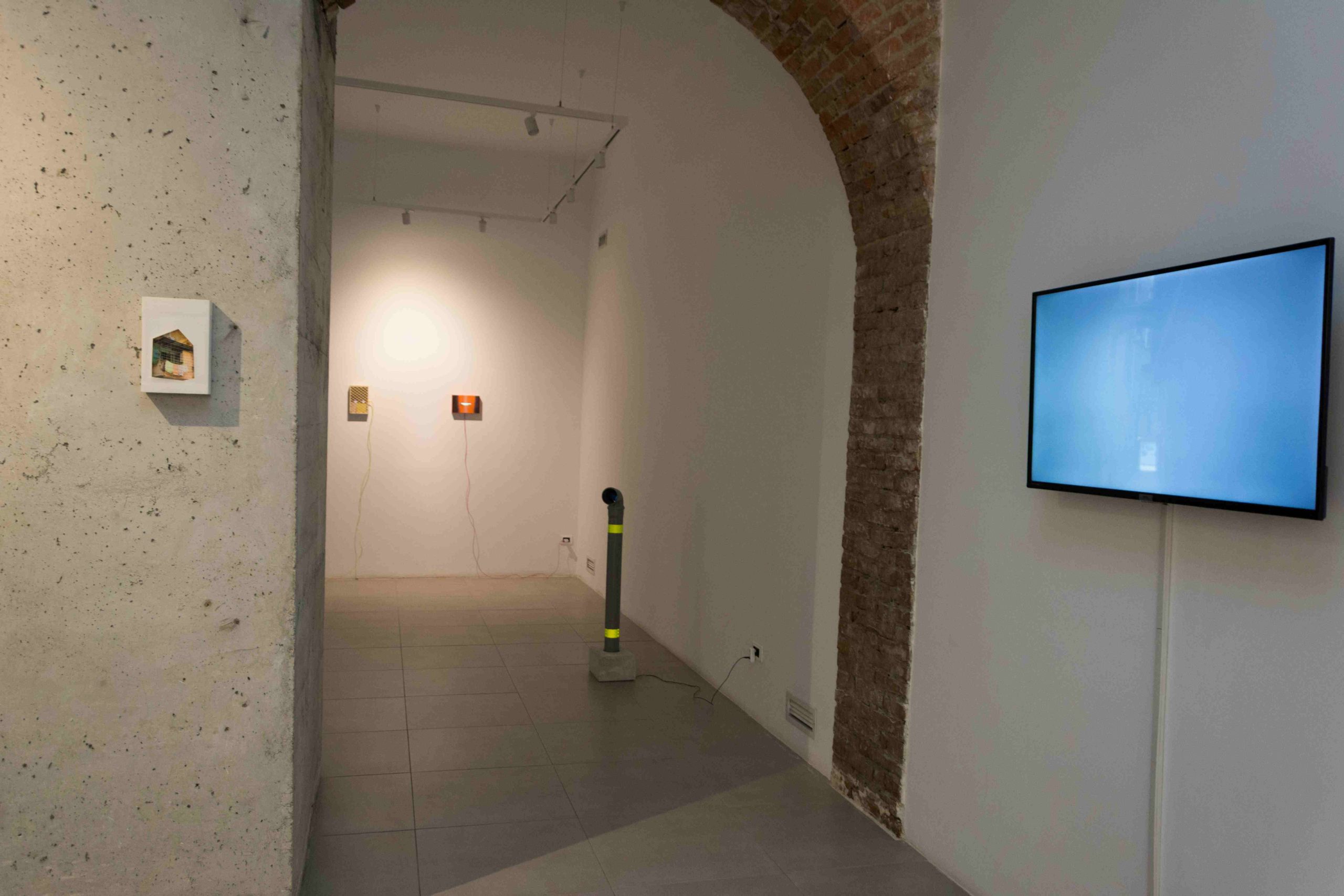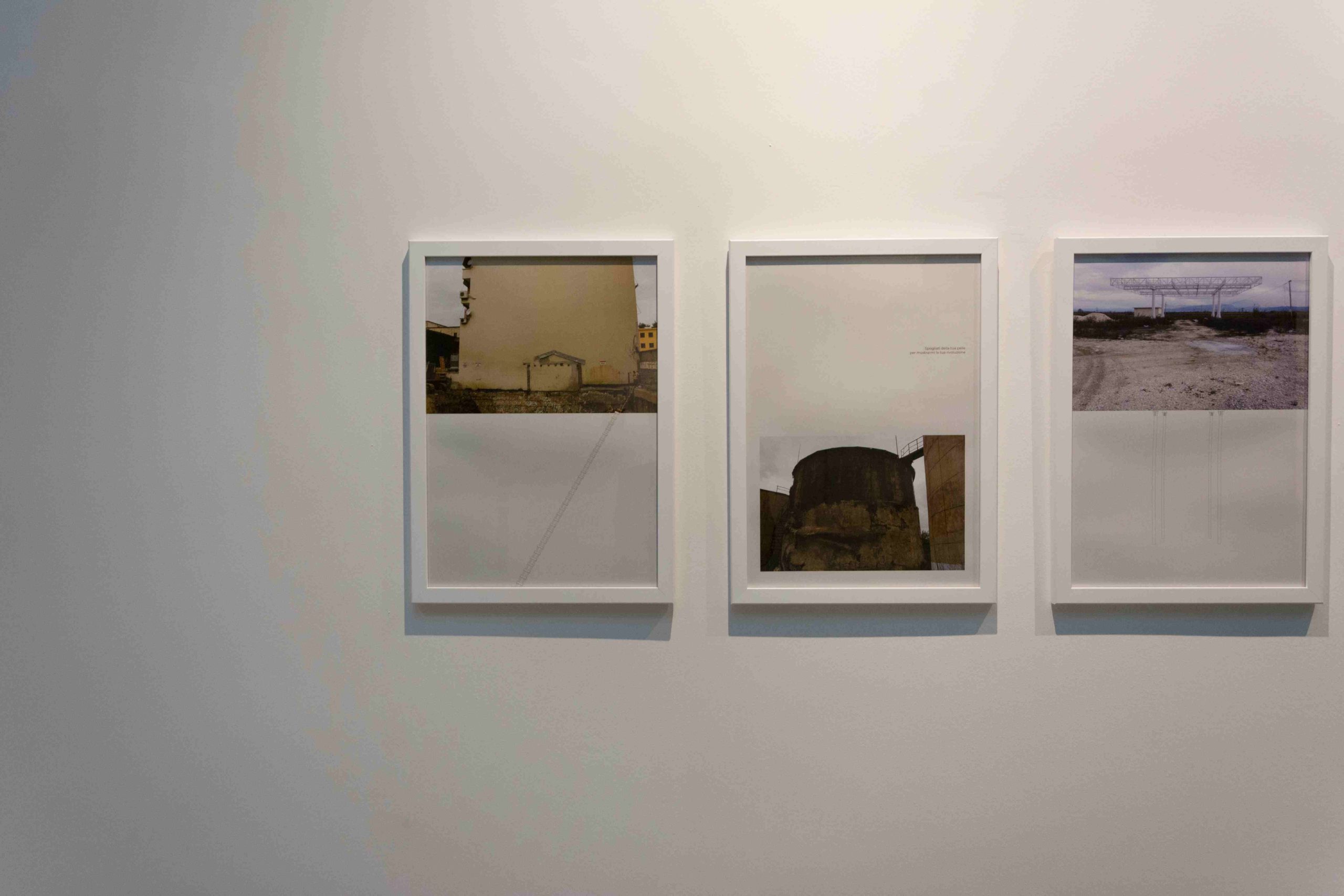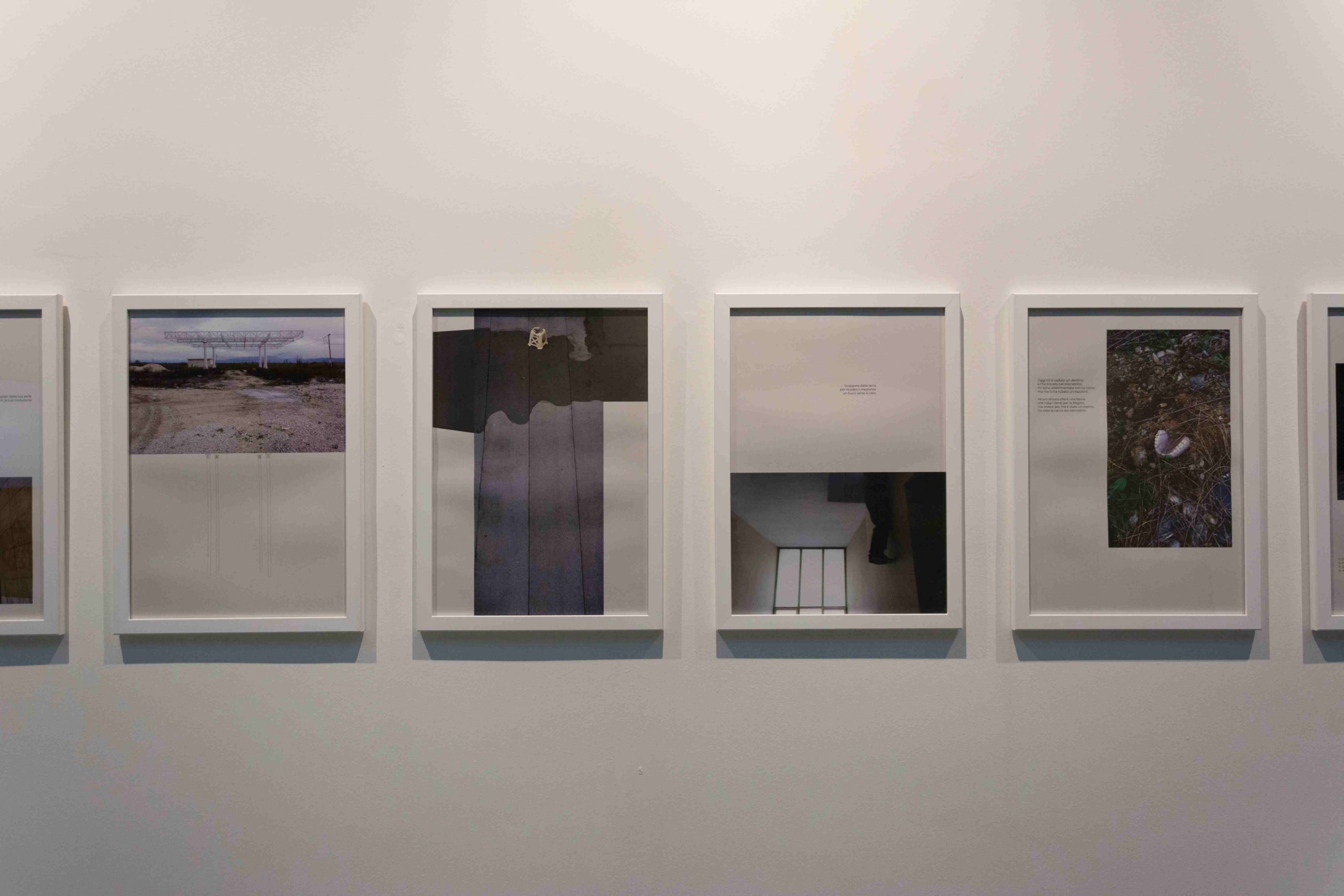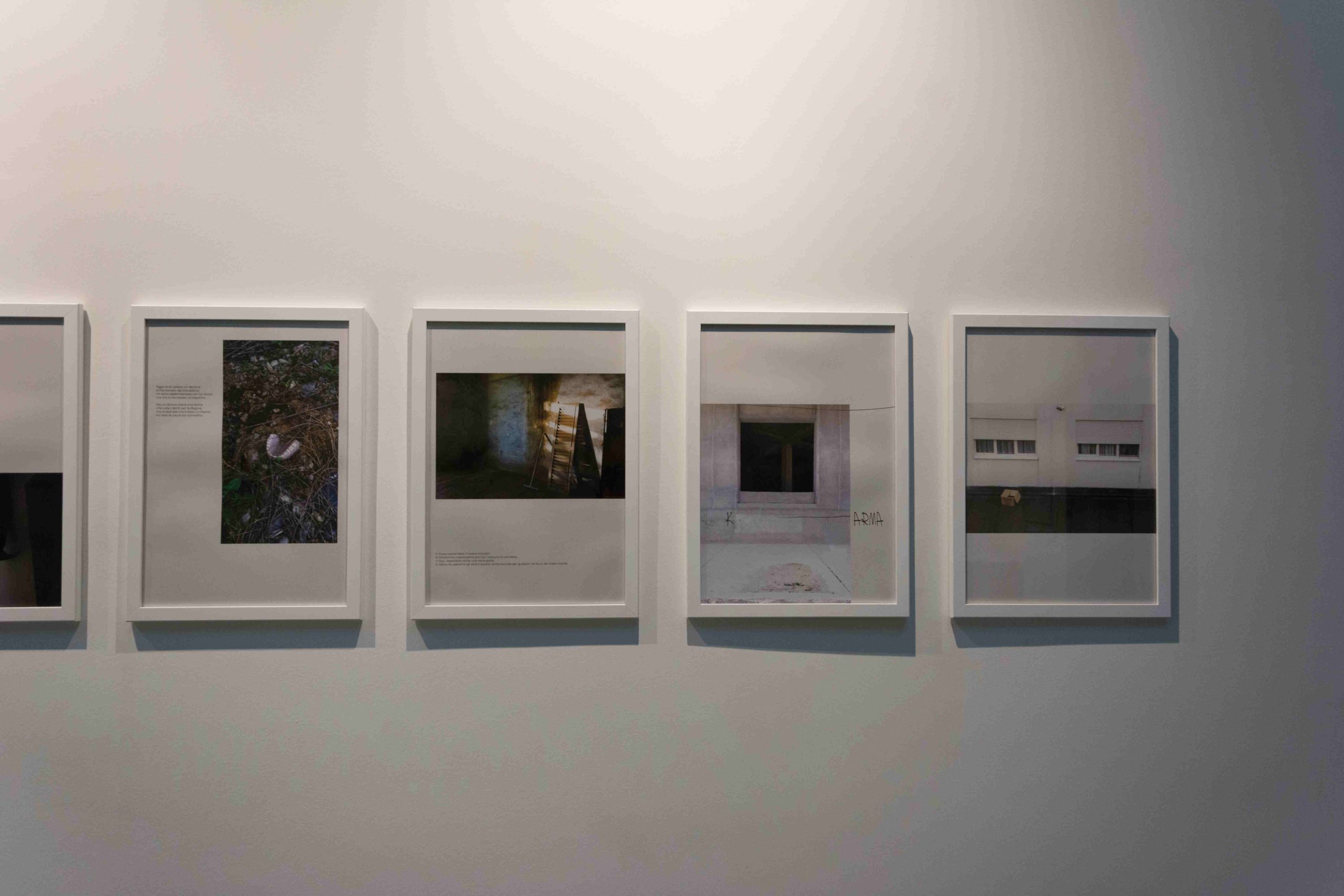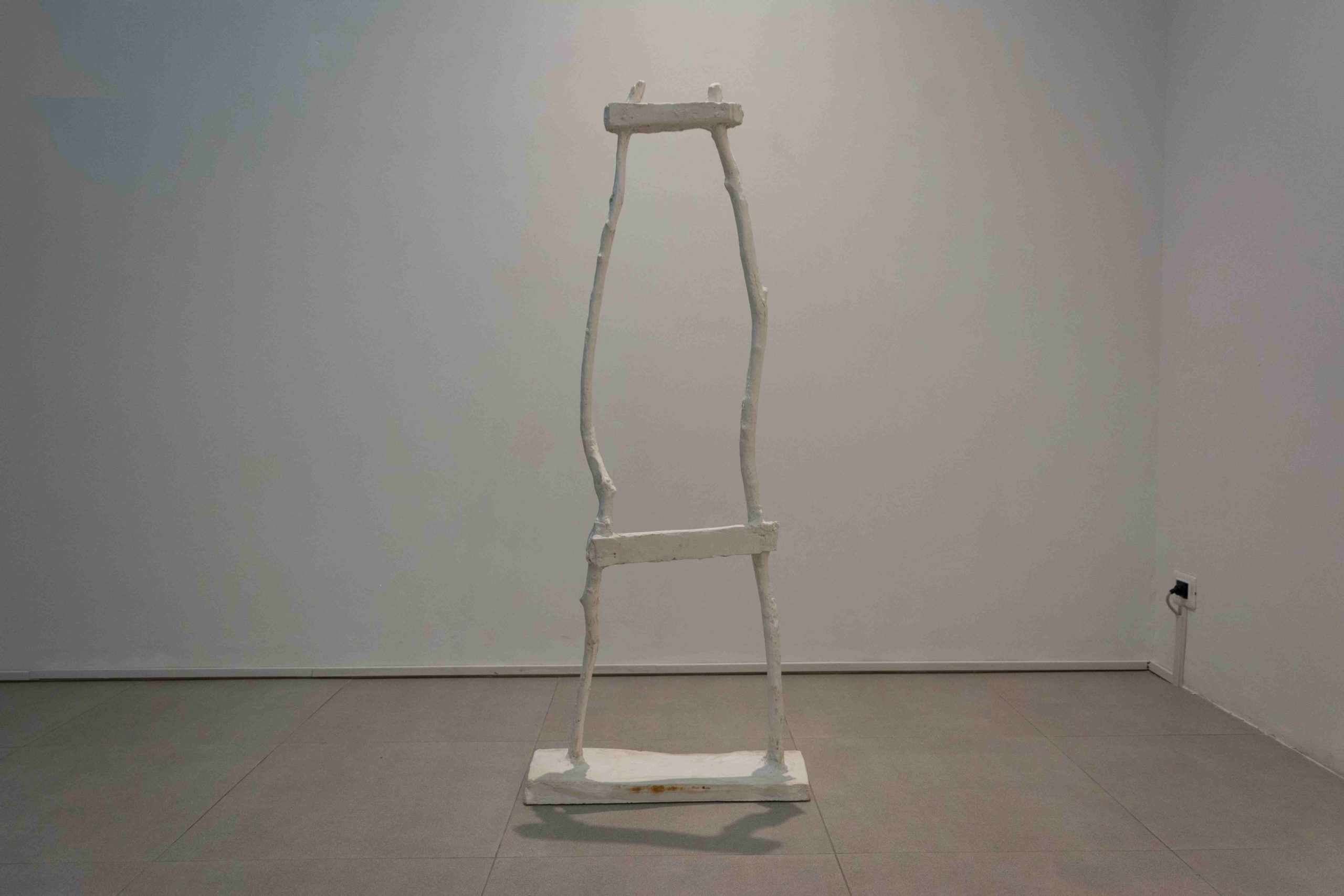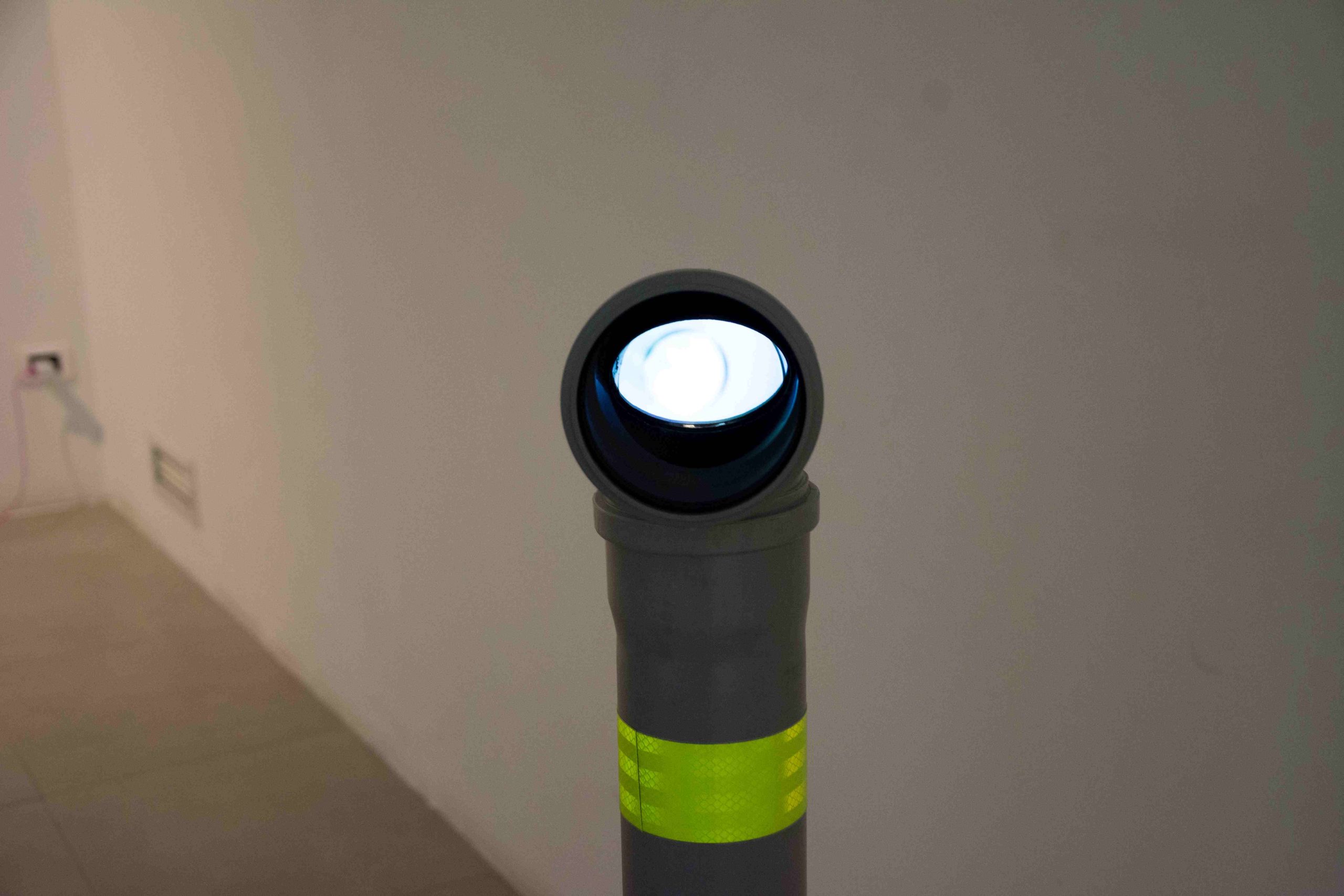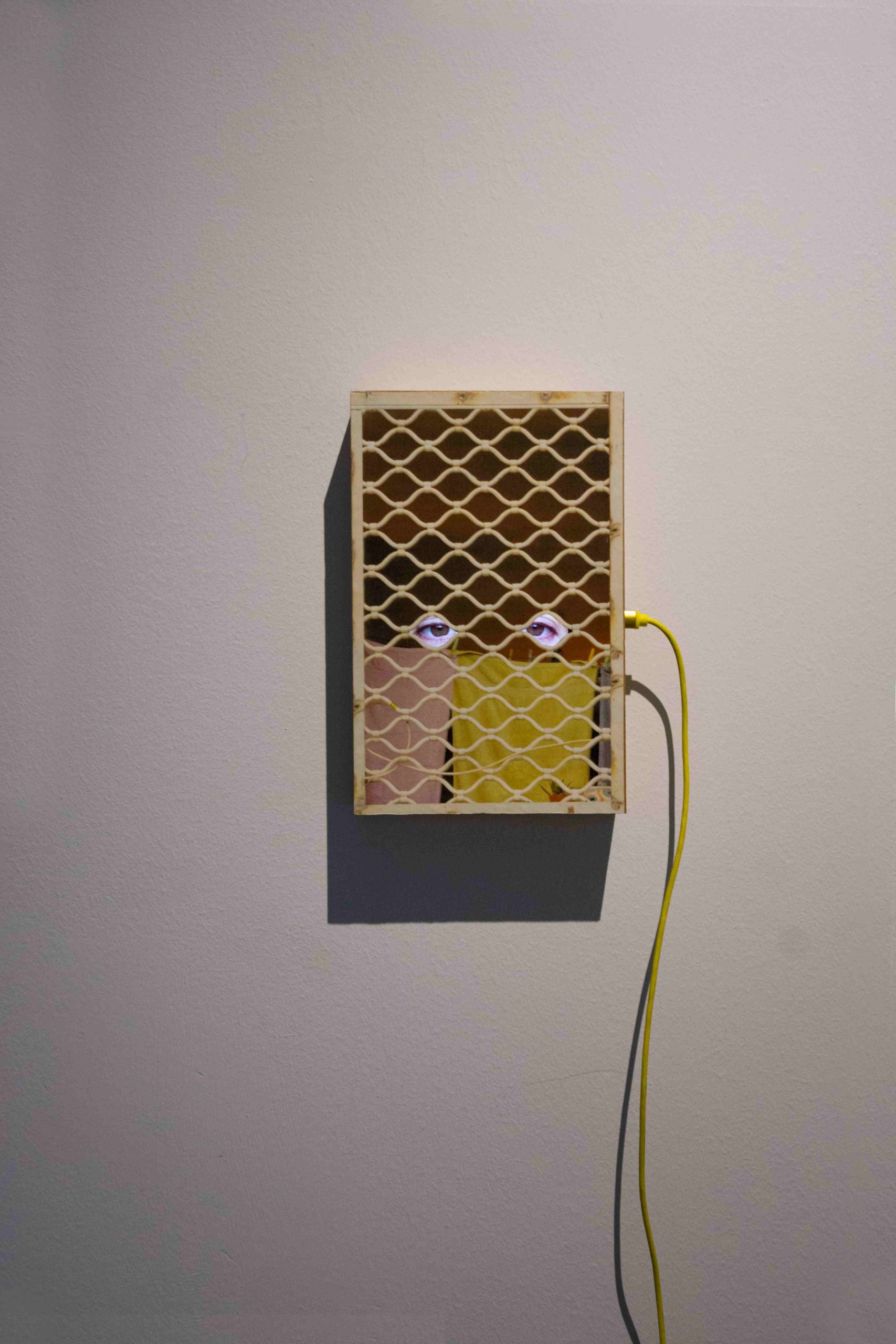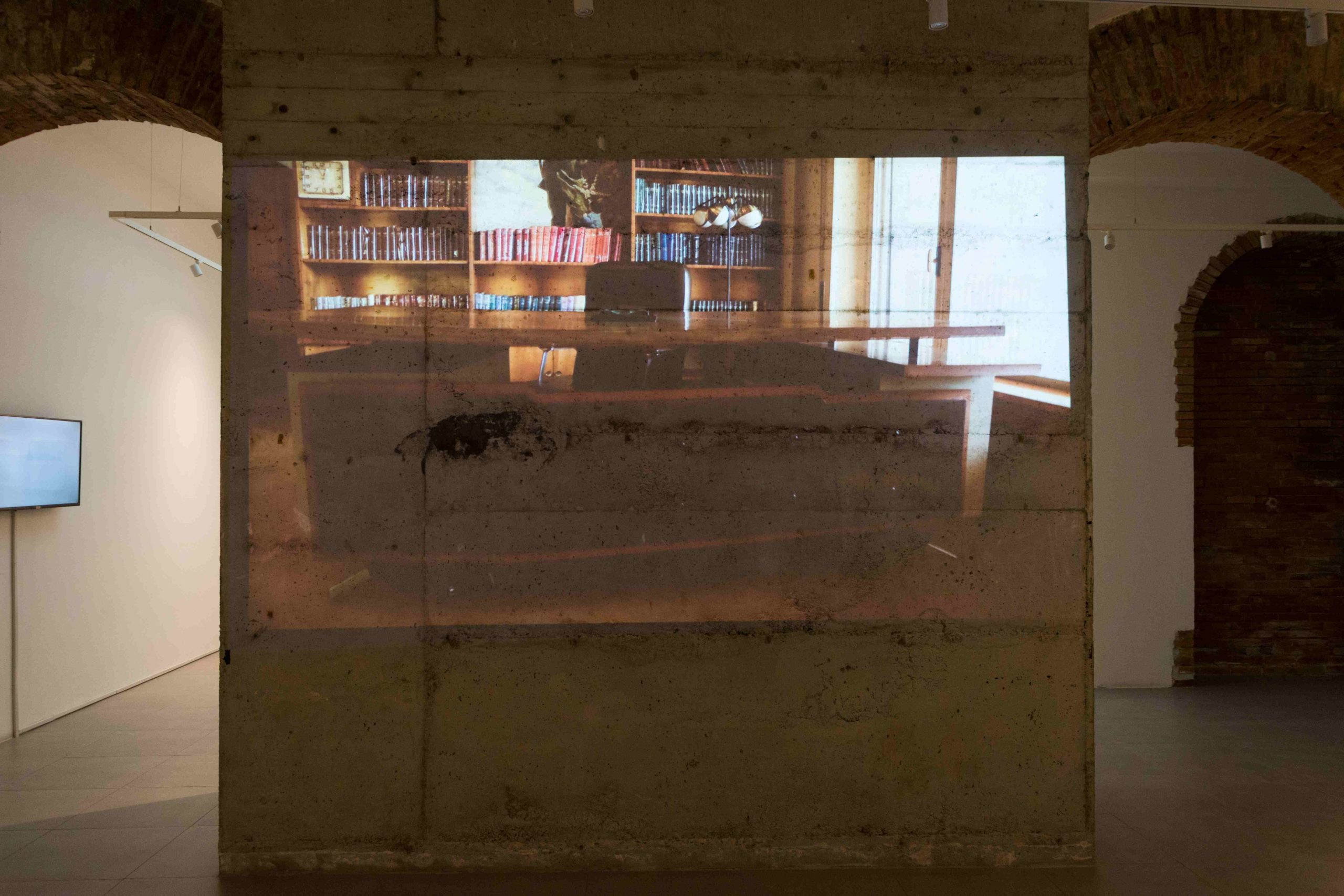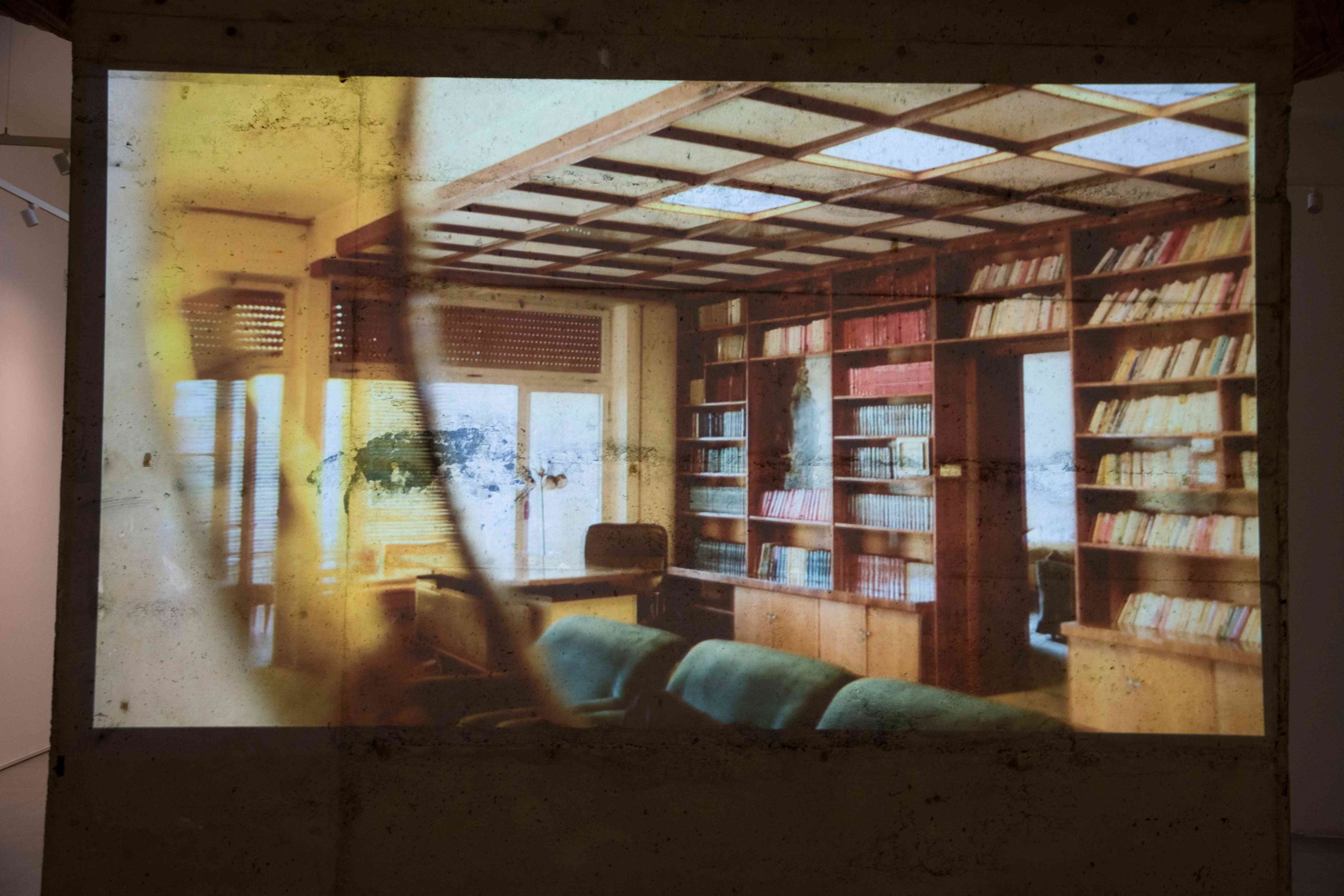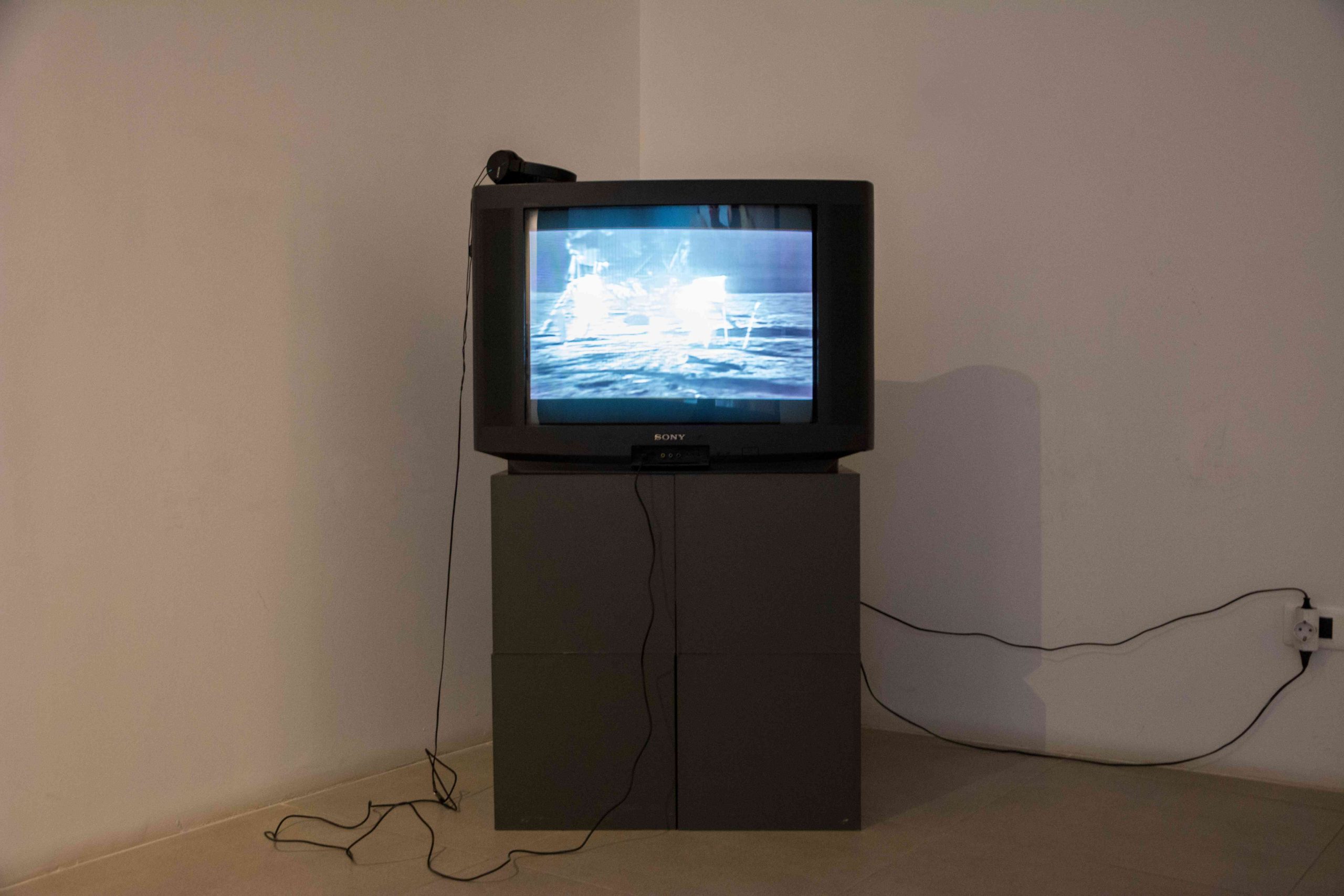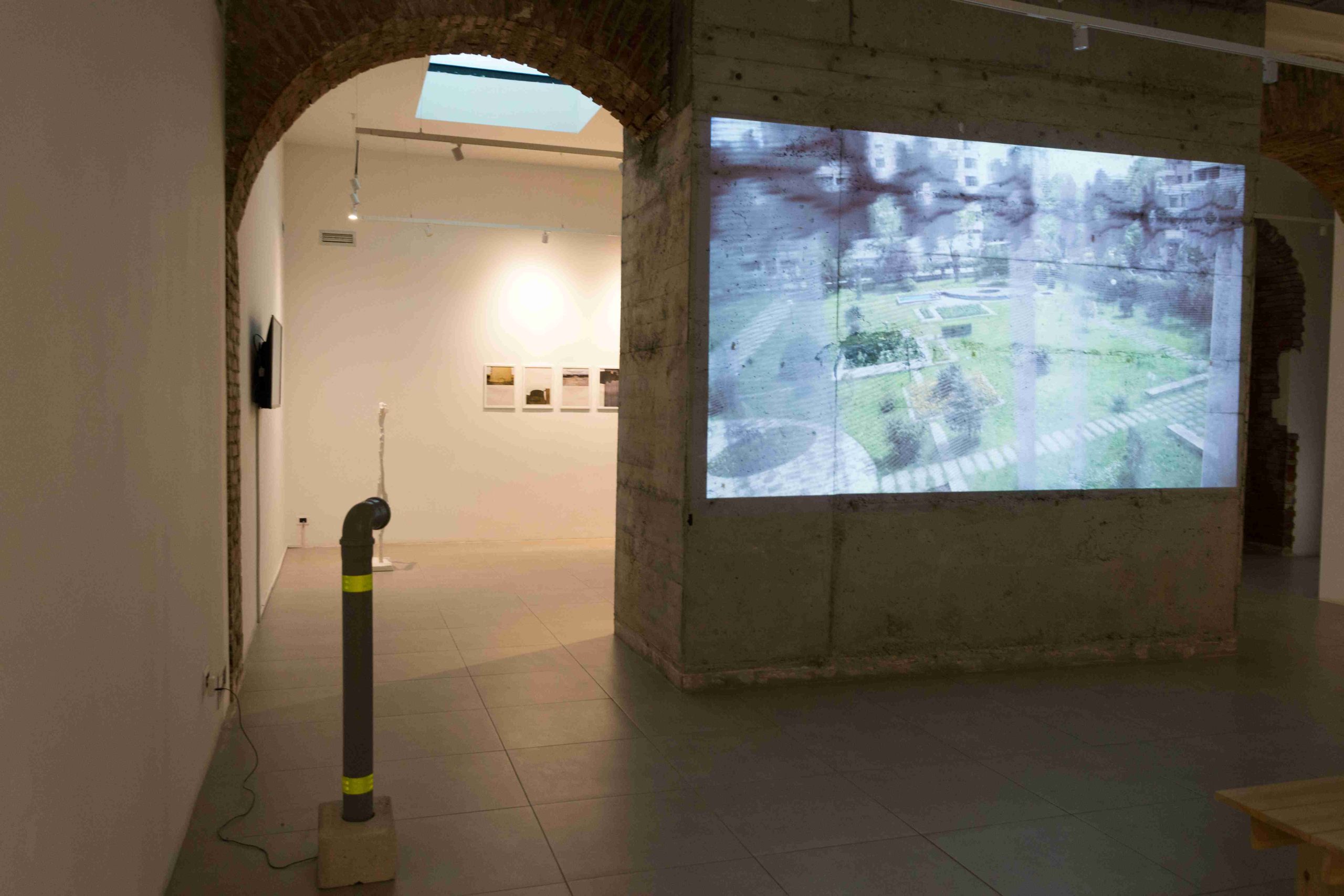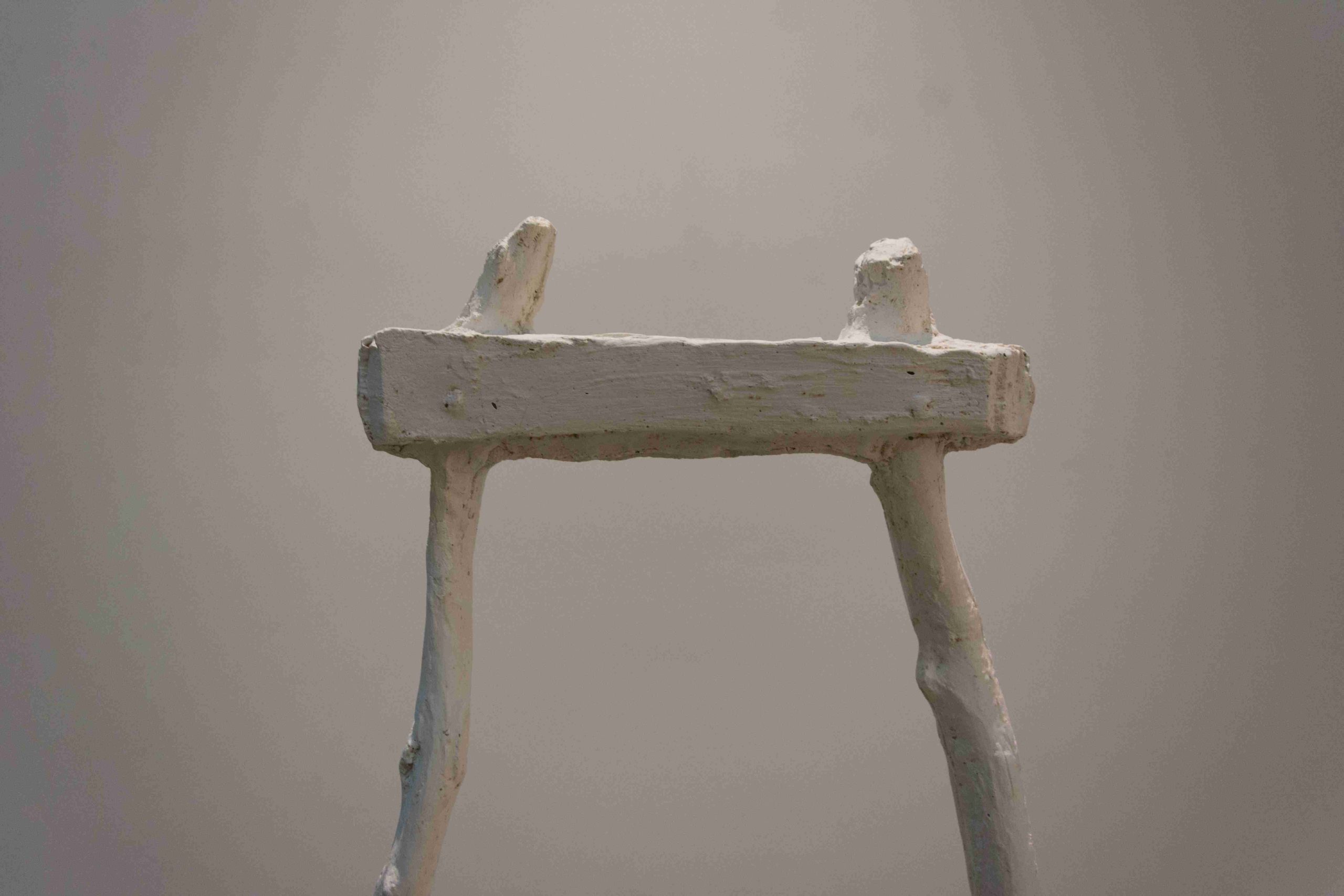The Revolution of the City around its Dream

Curated by Stefano Romano and Remijon Pronja
«A globe that doesn’t include Utopia doesn’t even deserve a look»
Sir. Thomas Moore; Utopia, 1516
Since ancient times, when a group of human beings share a certain number of values and decide to settle permanently in a place, they give life to a town. The size of this inhabited center outlines its linguistic definition, country, town, city and today, metropolis, megalopolis.
All inhabited centers have one thing in common that goes beyond their size, and that is their identity, their own genius loci as the Latins would say.
With mass industrialization between the eighteenth and nineteenth centuries, the progressive abandonment of the countryside and the (over) crowding of the cities, which became bigger and bigger, determining the identity of the cities became more and more difficult, to understand what they wanted to be, what they aspired to, what was their dream.
Yes, cities do they have a dream, which has to do with their identity and which in other historical moments has been called utopia.
“Utopia” comes from the Greek: οὐ (“not”) and τόπος (“place”) which translates as “no place” and literally means any non-existent society. Sir Thomas Moore coined the term in 1516 when he used it to describe an island where the structure of society and the balance between man and nature are perfectly balanced. Moore himself divides the meaning of the term according to two possible derivations from the Greek words eutopia which means good place or outopia which means no place. Human beings need these kinds of places because mythical space is an intellectual construct and helps us define our real space.
In the description of the island of Utopia, both definitions find their place; the island is eutopic in the sense that it is a good place, where there is a perfect balance between nature and man, and society is perfectly balanced in itself, but it is also outopic, because it exists only in the author’s mind.
Between the late nineteenth and early twentieth centuries, the new meaning that the city acquires through its constant and growing urbanization led to experiments in creating ideal or utopian cities, as they were often defined. In these new cities an attempt was made to reconstruct the dream of the city, a dream that in the per-existing cities, seemed to have more and more the appearance of a nightmare, because they were transforming themselves in a rapid and chaotic way, fraying and losing, perhaps forever, their own genius loci, their identity, their dream.
In contemporary cities, in fact, there is often the feeling of disorientation, as if the places in which we live did not really belong to us, as if we could not own them entirely, we live in an eternal chase, in a continuous need to re-know, in the sense of knowing again, places that change faster than we start building a stable memory of them.
The city therefore changes continuously, quickly, fiercely. It turns around its dream in a revolutionary motion that resembles that of our planet around its star, around the Sun. And in this movement of revolution our points of reference change, together with our memories, our perception of the full and empty spaces of the places where we live. The city becomes a mobile, uncertain, slippery terrain that can only be strengthened by the relentless search for this original dream. The dream is to be sought in small and large things, in everyday gestures and in the tallest buildings, in the corners that seem blocked in time, and in the great expressways that never stop, such as the constant and continuous revolution of the Earth around the Sun.
By their very nature, artists have a gaze trained to grasp the nuances of things, which allows them to see that lost dream through the continuous revolution of the city. The exhibition “The revolution of the city around its dream” addresses the perception and possibilities growing from urban contexts. In the reflecting of the new world post-pandemic scenario, art can contribute by re-thinking the spaces of the city through utopia: exiting the frame imposed by the establishment, entering the infinite resources of imagination.
The artists are part of the Albanian and Kosovar context and question diverse utopian possibilities by addressing the symbolic perspective that crosses art with the image of the city. Questioning how this relationship can influence resilience, revolution, and the vision of the future, the works in show point at contradictions while revealing the constant pursuit of possibilities driven by utopia.
Eduardo Galeano, said that utopia is on the horizon. I move two steps closer; it moves two steps further away. I walk another ten steps and the horizon runs ten steps further away. As much as I may walk, I’ll never reach it. So what’s the point of utopia? The point is this: to keep walking.
Stefano Romano

(1) Olson Lamaj
The Goldfinch
Video, HD Color, 5’21’’, 2014
This film shows the interior of the luxurious “villa of the dictator Enver Hoxha” and follows the path of a goldfinch that enters the villa. The goldfinch is a bird that people often keep in a cage, and it is well know for its beautiful voice. The house in this work becomes the bird cage, and the bird seeks to escape from it. The goldfinch is different from other species of bird in that it is not a domestic bird. If we free it from its cage, the bird can survive by itself even with out the help of its master.
The video examines the relation that domestic contexts have with dictatorial regimes.
(2) Ledia Kostandini
I look at them they look back at me, two video installations in woden boxes, 2019. Bath Tube, video installation with a pipe, 2019. Untitled (the cage balcony), embroidery one, 2019
These installations belong to a series of mixed media works which unfold impressions, mind images and metaphors of the city and the life therein. Part of this series visually develops by representing balconies through the behavior and the habits of their inhabitants. They transform into small stages from where we perform our desires, needs and possibilities, and they connect to the outside, like invisible tentacles that link, intertwine, argue, make love, and coexist. The concept builds from there to examine how the borders between private and public intertwine and are always redefined.
(3) Driton Selmani
These Stories
Single-channel video Installation, 7’23’’, Screening ratio: 4:3, Sound: stereo, 2018
These Stories is a lucid dream that reflects upon the complexities and contradictions of reality, atmosphere, and place, loss and hope. The work is a mind and memory puzzle. It uses the narrative language to juxtapose an uncanny1 symbiosis of events, a doubling of memory and presence, an invitation to see between the lines of what is in front of us, and what might be there. The Video Installation combines the original Apollo 11 mission video footage, and the audio narration of Sadik Cena b.1956, a close family member of mine. His story relates to the same period of NASA’s Lunar Mission. A radical change occurred in the lives of many families around Kosovo, including mine. At the same time, Neil A. Armstrong stepped on the surface of the Moon, the electricity network reached our village, thus benefiting very late from the electrification process during the ex-Yugoslav economic development program. The work questions the importance of these two separate events, by merging the Memory into
a single History. While the video shows perhaps the highest achievement of humanity, the audio voice reflects on the parallel impact of something just as important as the first one, starting from the very personal history. Doubting not only the Moon mission but also its importance in a given space and time.
- Freud defines the uncanny as a realm of aesthetics that pertains not to a theory of beauty, but rather a theory of feeling – in particular, to the feeling of repulsion and distress. “The uncanny”, Freud writes, “is that class of terrifying that leads back to something that is once hidden, but that subsequently, and disturbingly, comes to light.”
(4) Remijon Pronja HOME
Installation, neon light, 120 x 300 cm, 2013
Home sweet home, There is no place like home. The rhetoric of home as the best place to be, feeling safe and protected is immense. Remijon Pronja’s work – a parody of all this – is created with red led lights, similar to the ones used as Christmas decorations or during local food fairs. But Home is also an ironic statement that confirms – with its blazing and kitsch taste – that every place can be a homely space suitable to our needs; you just need to move the sign to another house in order to reject the false
emotional and relational distinctiveness that it seeks to highlight. In Home Pronja shows that the words- and their connotative meanings – are often empty containers that can be used according to our needs, in no particular fashion. The artist seems to prefer the playful and Socratic substance of the unmasking to the glossy sheen of the words.
(5) Lori Lako
On fog, blur and other uncertainties
Video / color, 3’36’’, 2021
What would happen if a sudden cataract would veil the world around us?
“On fog, blur and other uncertainties” shows a city “hidden” under the fog.
Nothing seems to move on the screen, however micro movements pulsate within the frames, making it clear that it is not about still images, but rather an almost frozen city. The selected landscapes try to avoid the iconic easily recognisable elements of the cityscape in order to let open its geographical denomination.
As the viewer questions the reason of the blurred images, the end of the video leads to the unveiling of their creation. Two individuals hold a white transparent cloth which seeks to reflect both on the creators of the filter, as much as on the responsibility of the gaze.
(6) Stefano Romano
Unfinished Archive
Photographs; 2006 – ongoing
Still#1 – Stereotypes (HOME), Photograph and digital drawing on paper, framed, 30x42cm, 2022 (2006). Still#35 – Skin, Photograph and text on paper, framed, 30x42cm, 2022 (2019). Still#44-At the end of Paradise II, Photograph and digital drawing on paper, framed, 30x42cm, 2022 (2020). Still#55 – Fuori Tempo, Photograph and digital drawing on paper, framed, 30x42cm, 2022 (2020). Still#23 – The Escape, Photograph and text on paper, framed, 30x42cm, 2022 (2016). Still#12 – Smile, Photograph and text on paper, framed, 30x42cm, 2022 (2018). Still#37-Int living room-day, Photograph and text on paper, framed, 30x42cm, 2022 (2014). Still#58-InnerArchitecture, Photograph and digital drawing on paper, framed, 30x42cm, 2022 (2021). Still#49 – Untitled (Composition), Photograph on paper, framed, 30x42cm, 2022 (2020).
The Unfinished Archive is an on-going photographic project that aims to create an intentionally unfinished archive of images; this is because the subject is reality, a material that is impossible to categorize definitively. The archive consists of photographs of small interventions in public space or in private environments, documentation of actions and performances, video stills and situations found, in a sort of urban investigation that never ends. The photographs have therefore been taken in different places and times since 2006 and are continuously growing in number. Each photograph has its own concept that is strengthened each time the images in the archive are used and manipulated for an exhibition, through drawing, text or print interventions that give new meaning to the images.
(7) Alketa Ramaj
Rriteset – Rritesja 1 (carrying structures)
Installation, sculpture in plaster, 143x40x10 cm, 2012
The structures fulfill a function only in relation with the tree, without the tree, these structures turn into “worthless bodies”. In my current work, they became part of my artistic investigation. In this way I try to give to these structures an aesthetic and communicative value, which was invisible before.
